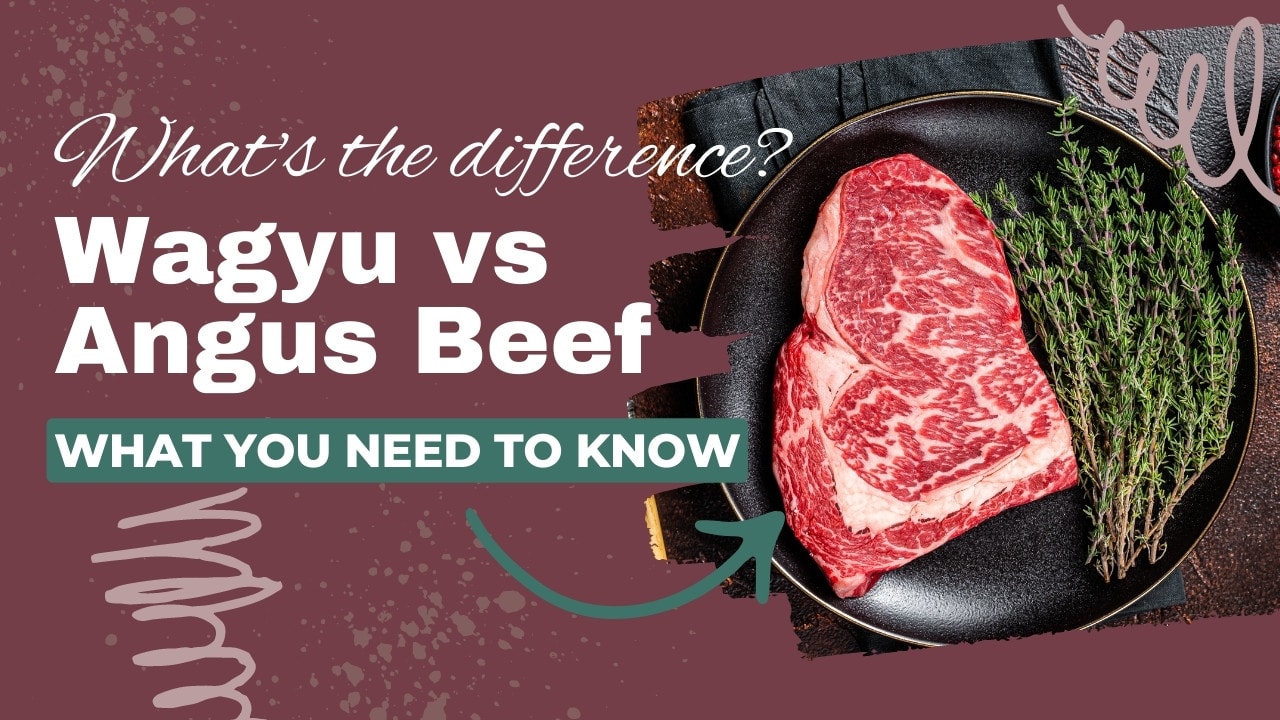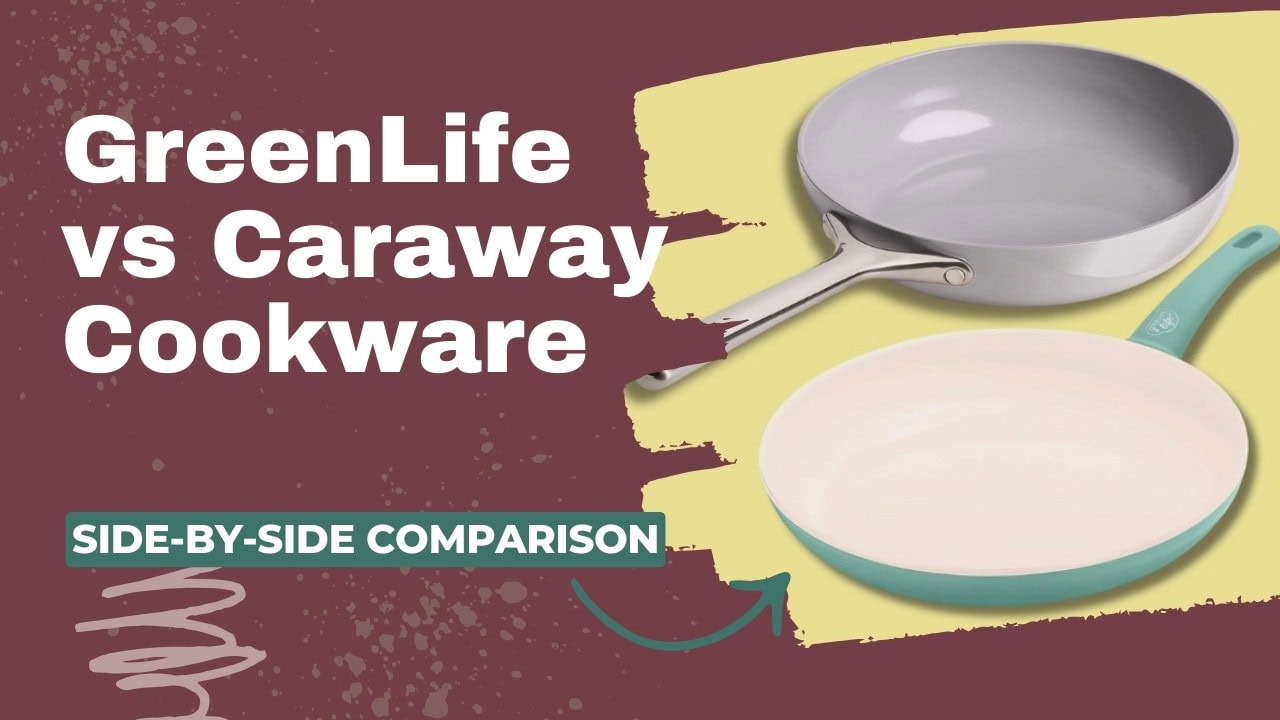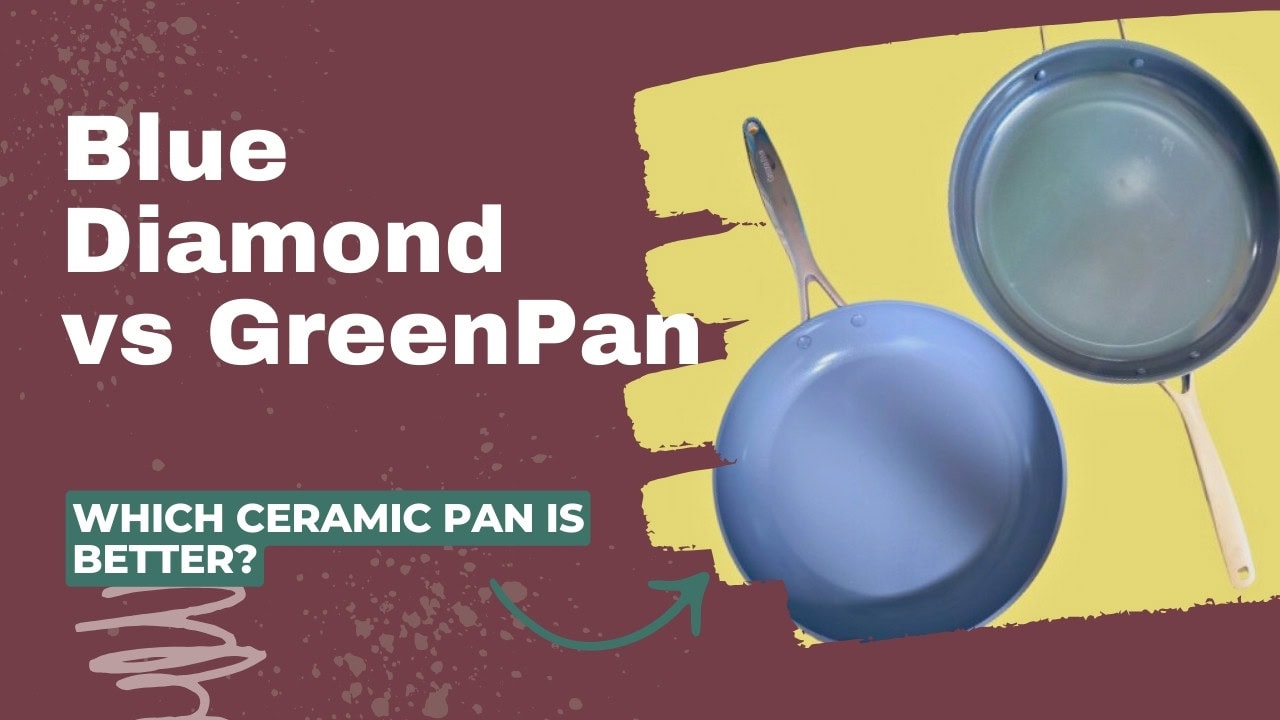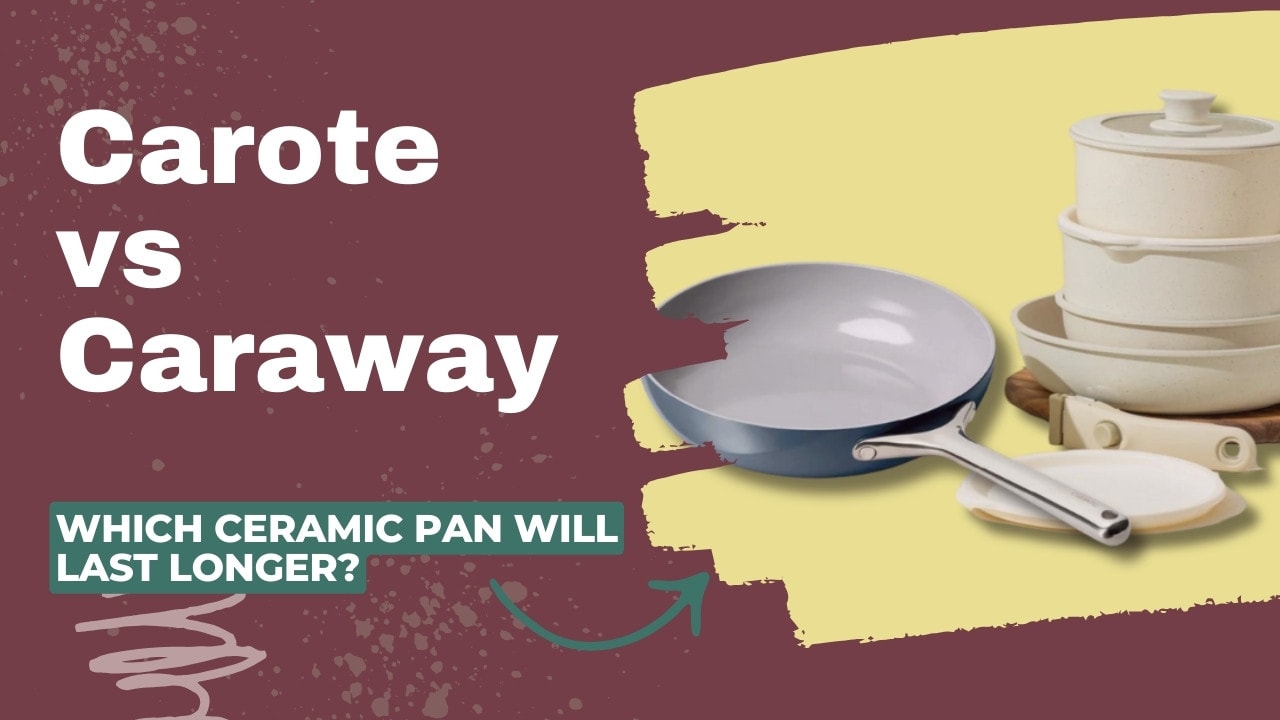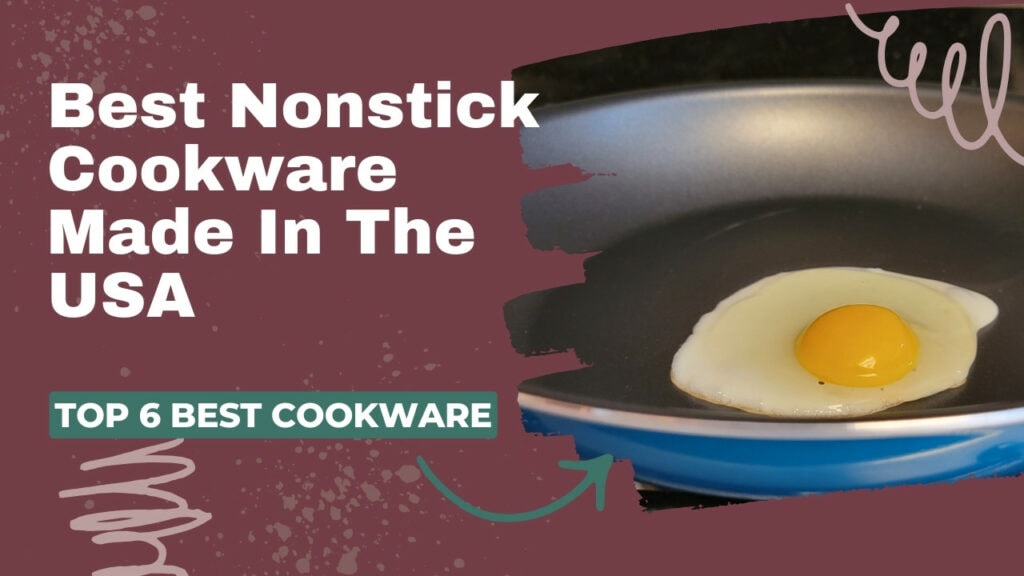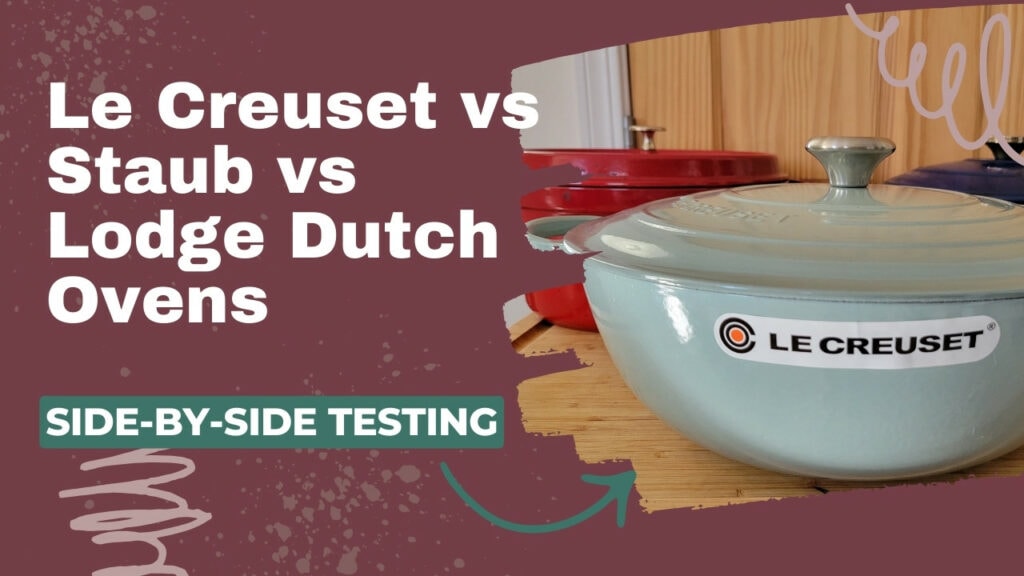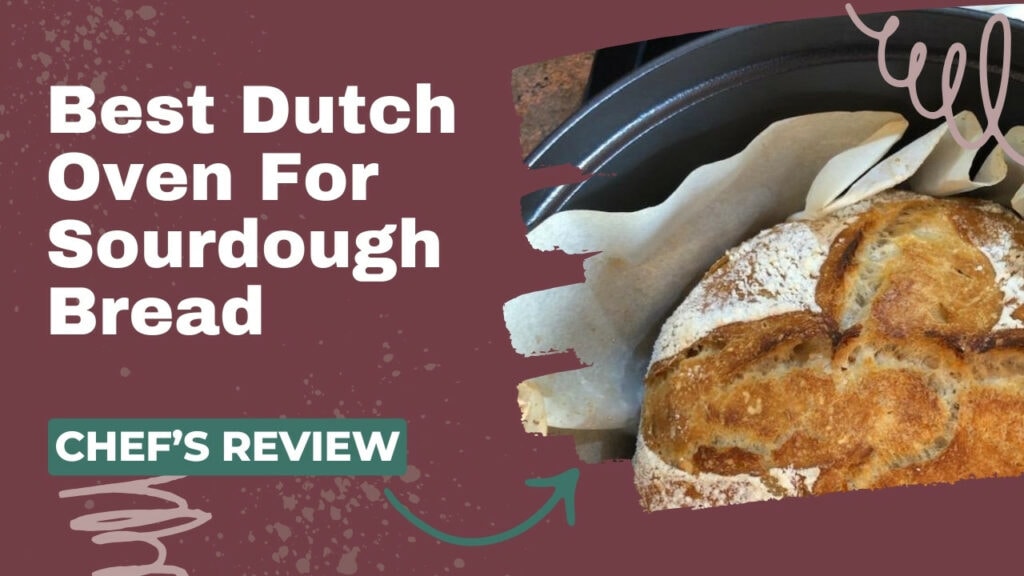Wagyu vs Angus, which is better beef? It’s a passionately discussed topic among chefs and steak aficionados the world over. If the Wagyu vs Angus choice arises on the menu, which do you choose?
It’s a hard question for any foodie, carnivore, or steak lover. Both are delicious, have high-quality marbling making them melt-in-your-mouth tender, and are considered prime-grade beef.
To help you choose, this article will answer all the big questions like:
Wagyu vs Angus: What’s The Difference?
What is Angus Beef?
Angus is a breed of beef cattle that originated in Scotland. They quickly became popular in the US for producing quality marbled beef. Black Angus is the most common beef breed you see on western US cattle ranches, but there are also Red Angus beef cattle.
What is Wagyu Beef?
Wagyu is a Japanese beef cattle breed with unique genetics that produces highly marbled beef. It has prestigious pedigrees and is now bred in the US and Australia, often with Japanese oversight.
Wagyu vs Angus: Flavor, Texture, and Marbling
Taste and Texture Difference.
Both Angus and Wagyu produce high-fat marbling which is what makes the meat melt-in-your-mouth tender while adding a delightful depth of flavor.
The big difference is that Wagyu produces marbling all throughout its body. The Angus is heavily marbled in a few areas and leaner throughout the rest of its body. This means some cuts of Angus beef are “better” or higher grade than others due to higher marbling.
But what is marbling exactly?
Marbling is the intramuscular flecks of fat you see throughout the meat. The rule of thumb is the more marbling, the better the cut of meat produced and the higher grade of beef.
Marbling only refers to the flecks of fat inside the muscle, called intramuscular marbling, not the layer of fat found between two muscles. Intramuscular marbling is what makes the beef so melt-in-your-mouth tender by keeping the beef moist during cooking and breaking up tough tissue.
That’s what all the fuss is about.
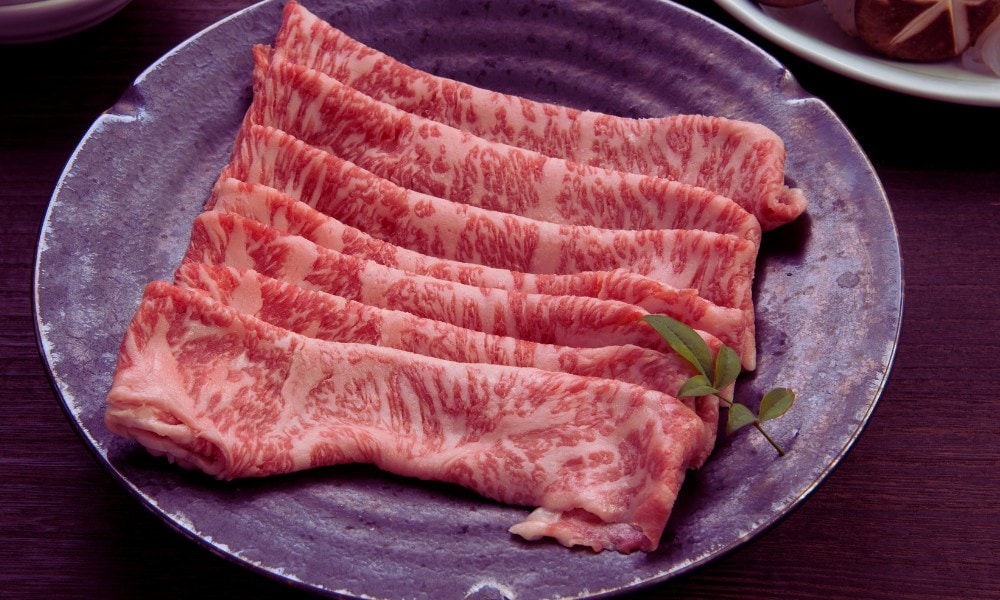
Both Angus and Wagyu produce higher marbling than other beef breeds, which equates to tender and tasty. It is also why the Wagyu beef market continues to grow – with projected gains of $3.59 billion from 2022 to 2027 on the global scale – even though it’s three or more times as expensive as beef from other breeds.
Is More Fat Better?
Now I know what you’re thinking. “But marbling is fat”. And isn’t fat bad?
Well, not all fat is the same.
Wagyu is rich in the healthy fatty acid called Conjugated Linoleic Acid (CLA). This special beef has around 30% more CLA in the meat than other beef breeds.
According to the American Wagyu Society, the high CLA (Conjugated Linoleic Acid) levels in Wagyu fat are better for heart health. On top of that, Wagyu has the lowest cholesterol level of any meat, including other red meats, chicken, or fish.
This makes Wagyu far and away the healthiest option of all beef breeds. In fact, according to the University of Idaho, “Wagyu beef contains the highest amount of CLA per gram of any foodstuff.”
By that rationale, Wagyu’s higher CLA content and lower cholesterol makes Wagyu beef healthier than Angus; you could even call it a superfood.
How Much Does Wagyu Cost vs. Angus?
From Michelin-star chefs to passionate foodies cooking at home, the popularity of Wagyu grows steadily each year despite the hefty price tag.
The top grade of Wagyu, Grade A5, starts at around $120 a pound. To give you an idea of what top cuts of Wagyu cost, an 8 oz Miyazaki Wagyu A5 filet mignon steak can cost around $125. A cheaper cut, say a Wagyu chuck roast, can cost $75 and up for a 3-pound roast
In contrast, top-grade Angus, USDA Prime, will only cost you around $40-50 per pound for the nicest cuts. You can pick up a 2.2lb USDA Prime Angus Tomahawk for $105.99 meaning you get more bang for your buck with Angus while still enjoying the highest quality beef.
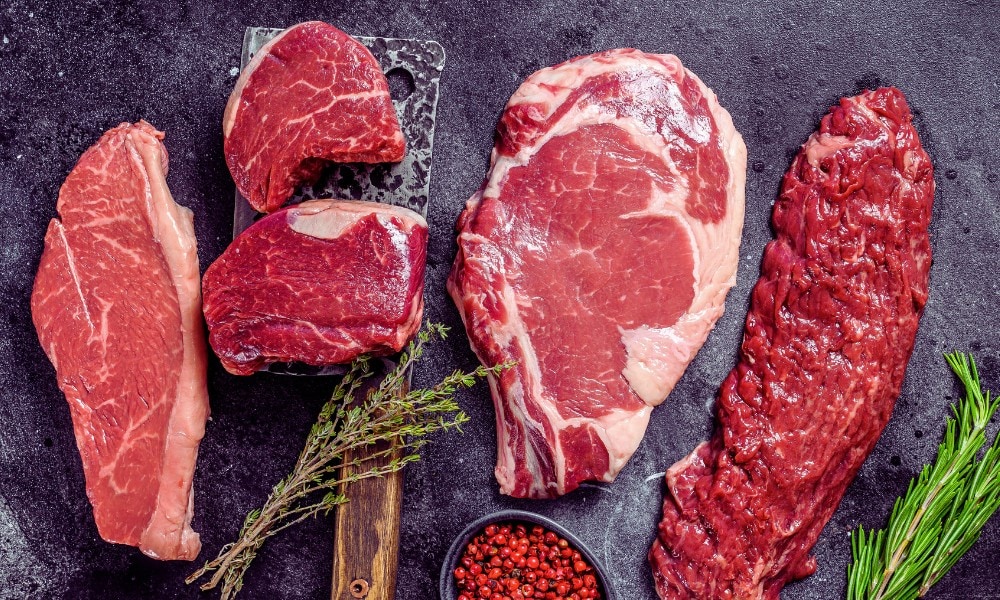
A USDA Prime Angus chuck roast costs about a third of the price of a Wagyu roast. And you can buy USDA choice angus for as little as $5 a pound at the local supermarket.
Grades Explained
The Wagyu Rating System from the JMGA (Japanese Meat Grading Association) has two parts: yield and quality. Yield is the amount of meat compared to the carcass size of the animal or the dress-out ratio, and it is indicated by a letter: A, B, or C.
The quality grade is indicated by a number from 5 to 1, with 5 being excellent and 1 being the lowest score. Four factors—marbling, firmness, meat texture, and fat quality and brightness—are considered to determine the quality grade.
With the USDA beef grading system, Certified Angus Beef achieves the highest quality. There are 10 criteria that must be met by Certified Angus Beef. Only about 3% of Certified Angus Beef cuts achieve the highest level and are awarded Prime status. All other cuts of meat are graded as Choice or Select.
Why is Wagyu So Expensive?
Wagyu cattle have strict diets, usually fed a combination of grass and grain to produce superior-quality meat. There are many tales surrounding the treatment of Wagyu to gain more marbling. Daily massages, beer-infused into their diets, and, in Australia, red wine is included in their diet. Are these true? To a point, yes.
During harsh winters, Japanese farmers have been known to massage their penned cattle to encourage muscle tone when the animals can’t go outside and walk around. But it’s not like they employ a cow masseuse or anything.
Having said that, it’s a serious business raising Wagyu cattle. A lot goes into achieving the fantastic taste Wagyu is famous for.
Every Wagyu is registered at six months old in the Wagyu Individual Identification Number Database. Examinations, paperwork, and proof of lineage have been carried out for the registry. The animals are tracked during each stage of their lives to ensure strict quality control. This pamphlet by Beef Japan outlines the entire process.
This is the answer to the question, why Wagyu beef is so expensive? The meticulous way Wagyu are raised increases the cost of the whole Wagyu animal.
How do Angus Compare?
The majority of Angus cattle spend their young lives roaming free in pasture, whether or not they are “finished” in feedlots. With a much more natural diet of mainly grass for most of their lives, they don’t build up as much marbling as Wagyu, only packing on heavy marbling in a few places.
This means the raising costs of Angus cattle are lower, so the price of even their prime cuts is lower than Wagyu.
Are all Angus Grass Fed?
Not all Angus cattle are fully grass-fed and finished. But, due to popular demand, Certified Angus Beef (CAB) has launched a grass-fed angus classification, according to the American Angus Association’s Angus Beef Bulletin.
Grass-fed beef, although it’s usually more expensive, has less marbling and is even leaner meat than grain-fed. Remember, though, that some cuts of beef have more marbling than others – no matter what the breed. The ribs and loin are highly marbled, but the sirloin, flank, and round cuts are tough and lean.
This Cut or That?
Whether it’s roasting ribs, sautéing a sirloin, or you’re ravenous for a rump pot roast, the cut of meat that suits your recipe makes all the difference in your beef of choice.
To help you choose the right cut of meat for your culinary creation, we’ve listed some great suggestions.
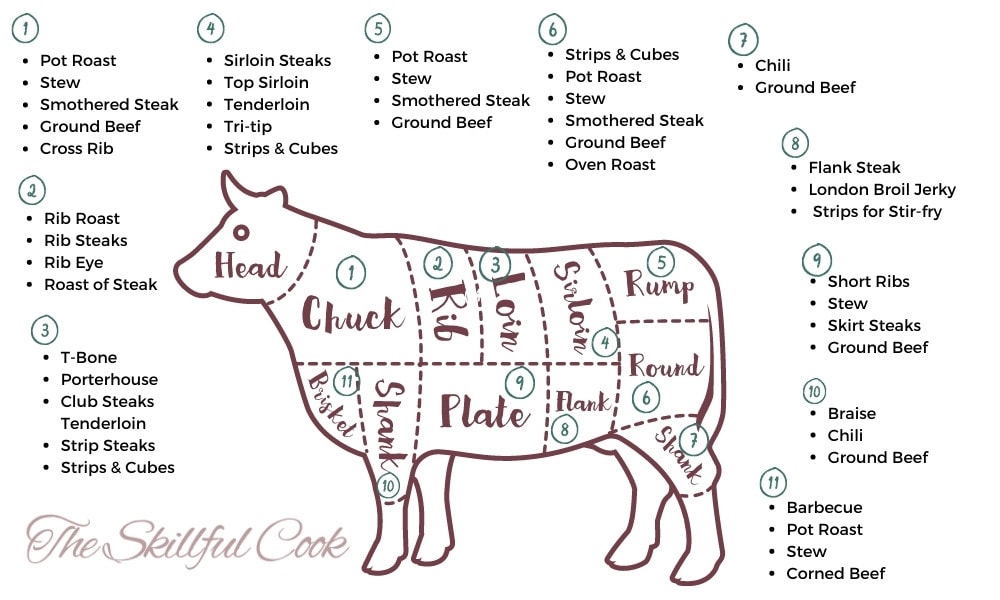
Steak lovers all have their favorites, with cuts from the short loin (filet, T-bone, strip steak) and rib primal (ribeye, cowboy steak) topping the list. But as any talented chef will tell you, you can do wonders with a good old sirloin too when it’s cooked right.
How Do You Cook Wagyu vs Angus?
That is the other factor in the Wagyu vs Angus debate. Although we all love our steaks, Wagyu and Angus produce many other superior cuts of meat as well. I’m sure we all grew up with tougher cuts ending up in the stew pot or as a pot roast. But readers ask, is Wagyu cooked that way? The short answer is – it can be, but that would be a very expensive pot roast!
Wagyu is usually cubed or sliced very thin due to its rich fat content. A serving size for Wagyu is usually 1 to 3 ounces, in comparison to the 6-ounce to massive 24-ounce Angus steaks you’ll see served at some American restaurants.
If you need some ideas for how to cook Wagyu, the Japan Wagyu Association’ 50 Wagyu Recipes By Cut is a great place to start.
Angus, with less marbling, is sold in larger cuts for those big porterhouses and sirloins we all know and love.
Recipes for Angus Beef
So, while not all Angus cuts have marbling, they all can be prepared wonderfully. Several Italian friends of mine can’t go past an Osso Bucco with its undeniably falling-off-the-bone tender shank cuts. While on a snowy cold winter’s day, a beautiful Beef Bourguignon bubbling away on the stove is a little slice of heaven.
There are amazing recipes to make the most of every cut of Angus. So don’t be disheartened if you see less marbling than you’d like as you stare down into the butcher’s case!
If you make any of these recipes, let us know. We’d love to hear from you!

